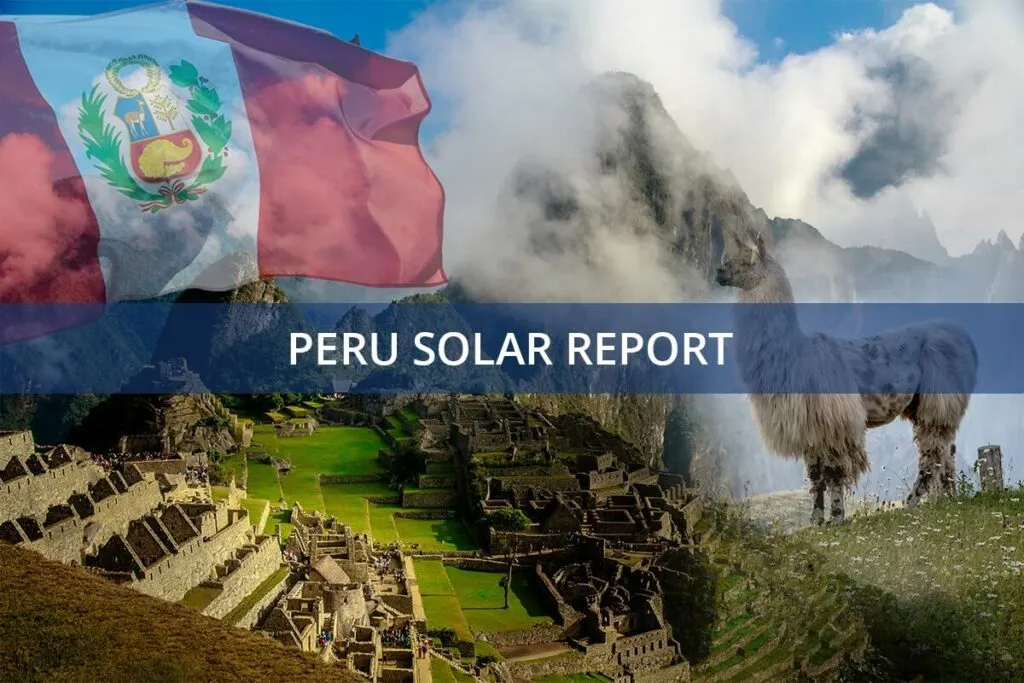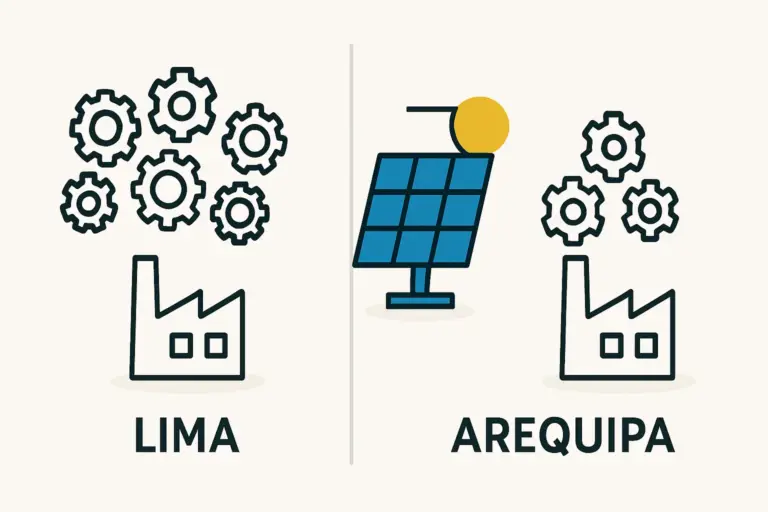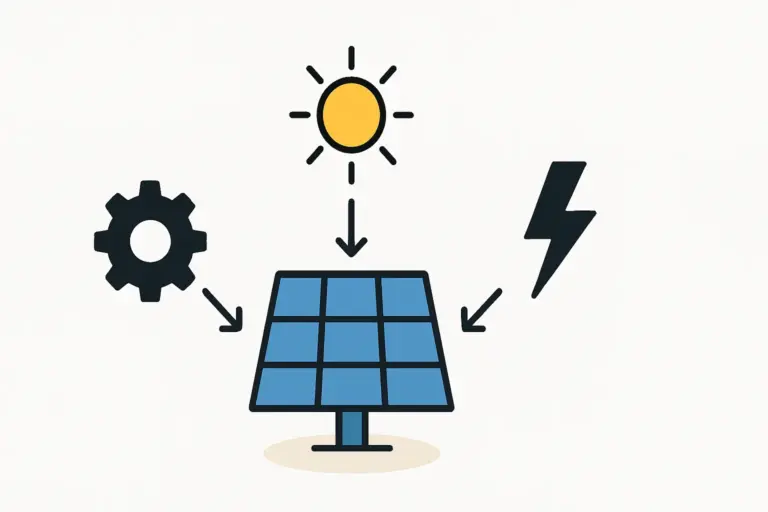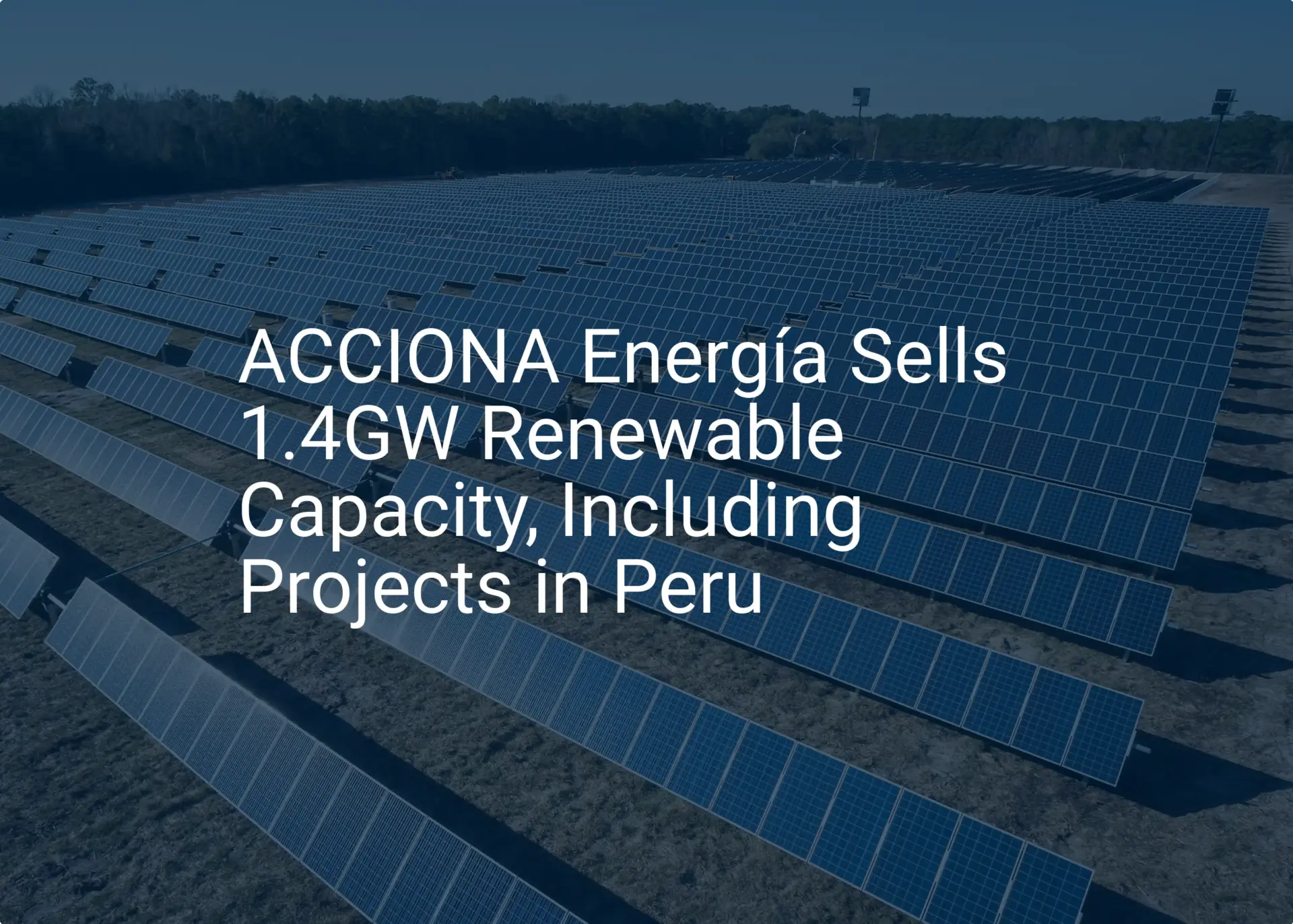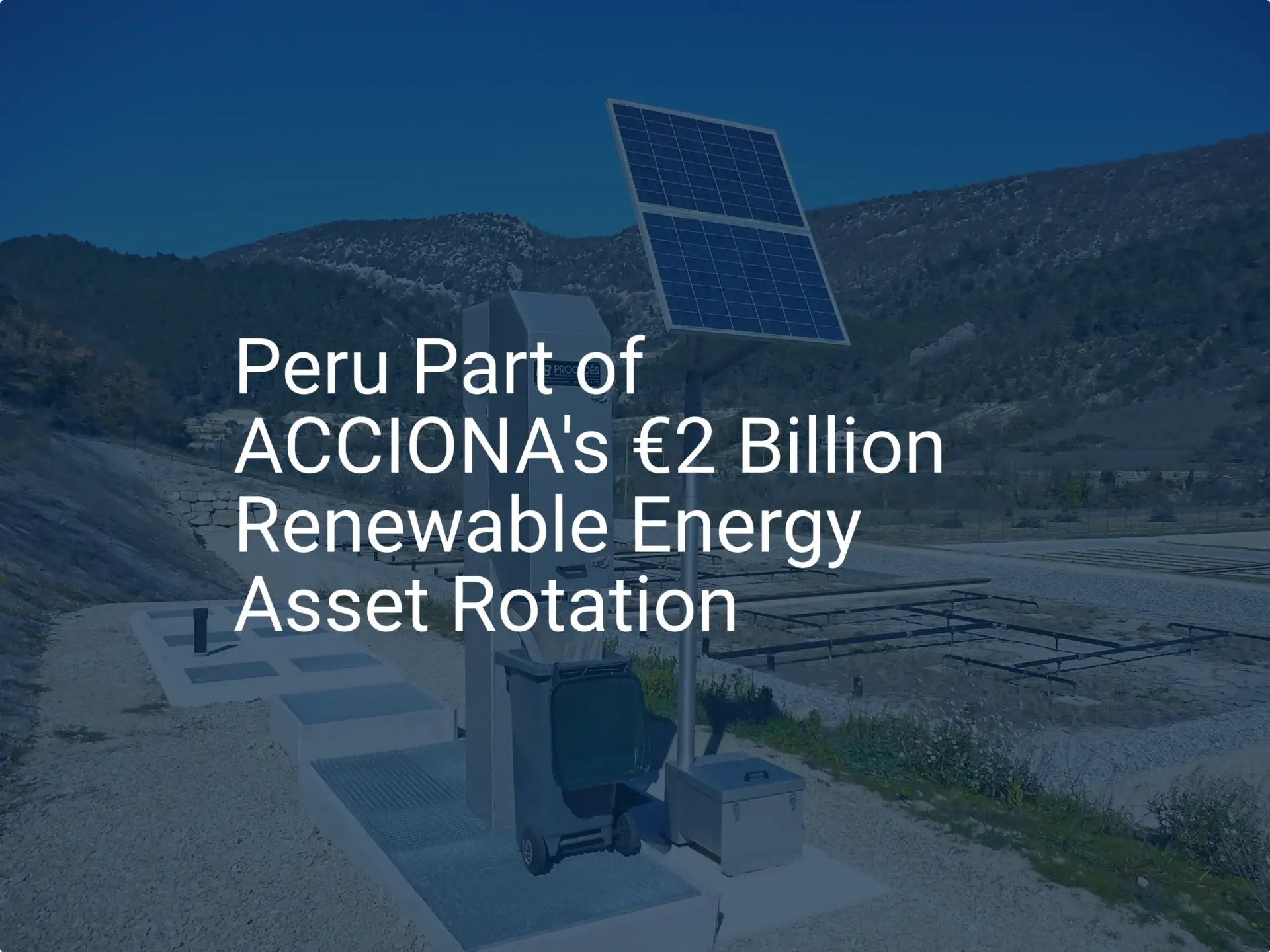Entrepreneurs considering a new venture in solar module manufacturing often start with a financial model. Using a standard template, they input costs for machinery, materials, and labor, and project revenues based on market prices. The initial numbers might look promising. But applying a model built for a European or North American market directly to a project in Peru can lead to a significant miscalculation of its profitability and payback period.
A generic financial model is simply insufficient. Peru’s regulatory environment presents unique challenges and, more importantly, offers valuable incentives that can fundamentally alter a solar factory’s financial viability. Understanding how to incorporate these local factors is not just an academic exercise—it is a critical step toward building a realistic and bankable business case. This guide explains how to adjust your financial model to accurately reflect the Peruvian context, focusing on key tax incentives and import duties.
Why a Standard Financial Model Fails in the Peruvian Context
Financial models are built on assumptions. When those assumptions do not align with local market realities, the output becomes unreliable. A model designed for Germany, for instance, will not account for Peru’s General Sales Tax (IGV) recovery mechanism or its specific depreciation schedules for renewable energy assets.
Key variables that standard models often miss for a Peruvian project include:
- Accelerated Depreciation: Special legal provisions allow for a much faster write-down of assets, impacting tax liabilities during the crucial early years.
- Early IGV Recovery: A system exists to reclaim the sales tax paid on capital goods before the factory generates revenue, providing a significant cash flow advantage.
- Ad Valorem Import Duties: The cost of importing machinery is not uniform and must be calculated based on specific tariff codes, directly affecting initial capital expenditure.
Neglecting these factors can make a viable project appear unprofitable, or an unviable one seem deceptively attractive. Accuracy from the outset is essential for securing financing and making sound investment decisions.
Key Peruvian Incentives to Incorporate into Your Projections
Peru has actively sought to attract investment in renewable energy through favorable legislation. The most impactful framework for a new solar manufacturer is Legislative Decree No. 1002. This legislation provides tangible financial benefits that must be factored into your model.
Accelerated Depreciation
Under this decree, investments in machinery and equipment for renewable energy generation are eligible for an accelerated depreciation rate of up to 20% annually. This allows a company to fully depreciate these assets over just five years, compared to a standard 10- or 20-year schedule in many other jurisdictions.
By depreciating assets more quickly, a company can report lower taxable income during its first five years of operation. This reduces the income tax burden (currently around 29.5%) and significantly improves post-tax cash flow. For a capital-intensive project like a solar factory, this early-stage liquidity can be the difference between success and failure. The effect on metrics like Net Present Value (NPV) and Internal Rate of Return (IRR) is substantial.
Early Recovery of the General Sales Tax (IGV)
When importing machinery and equipment, a company must pay Peru’s value-added tax, the General Sales Tax (IGV). Normally, this tax would be offset against the IGV collected from future sales. However, for pre-operative companies, Legislative Decree No. 973 establishes a special regime for its early recovery.
This regime allows an investor to reclaim the IGV paid on capital goods and services during the pre-operative phase, before the factory has generated any revenue. Instead of having significant capital tied up as a tax credit, the business receives a cash refund from the tax authority (SUNAT). This injection of cash improves the project’s liquidity profile and reduces the total amount of financing required for working capital.
Calculating the True Cost of Importing Machinery
Initial capital expenditure is one of the largest inputs in any financial model. For a solar factory in Peru, this figure must include a precise calculation of import duties, which are levied on the CIF (Cost, Insurance, and Freight) value of the goods.
Understanding Ad Valorem Duties
Peru applies Ad Valorem duties, meaning the tax is a percentage of the value of the imported goods. These rates can range from 0% to 11%, depending on the specific Harmonized System (HS) code of the equipment. For example, a solar panel laminator may have a different duty rate than an automated cell stringer.
Working with a local customs agent or using the resources of PROINVERSIÓN (Peru’s private investment promotion agency) is crucial to identify the correct HS codes and corresponding duty rates for every piece of machinery. This figure should be added directly to the capital expenditure line in your financial model.
Logistics and Port Considerations
The cost of machinery does not end at the port of arrival, typically Callao. The financial model must also account for inland transportation from the port to the factory site, as well as port handling fees and customs brokerage costs. These logistical expenses are often overlooked in preliminary estimates but are essential for an accurate budget.

Building a More Accurate Peruvian Financial Model
Creating a robust financial projection means moving beyond a generic template to build a model that reflects the Peruvian reality. The structure should include dedicated sections or inputs for:
- Capital Expenditure: Itemized machinery costs, including CIF value, calculated Ad Valorem duties, and inland logistics.
- Tax Schedule: A depreciation schedule that applies the 20% accelerated rate to eligible assets.
- Cash Flow Statement: A line item showing the early recovery of IGV as a cash inflow during the pre-operative phase.
Structuring the model this way ensures that the project’s financial viability is assessed based on local conditions. Experience from J.v.G. Technology’s turnkey projects consistently shows that investors who commit to this level of detailed, localized planning are better positioned to secure financing and manage their project budget effectively. This detailed financial model forms a critical part of a comprehensive business plan.
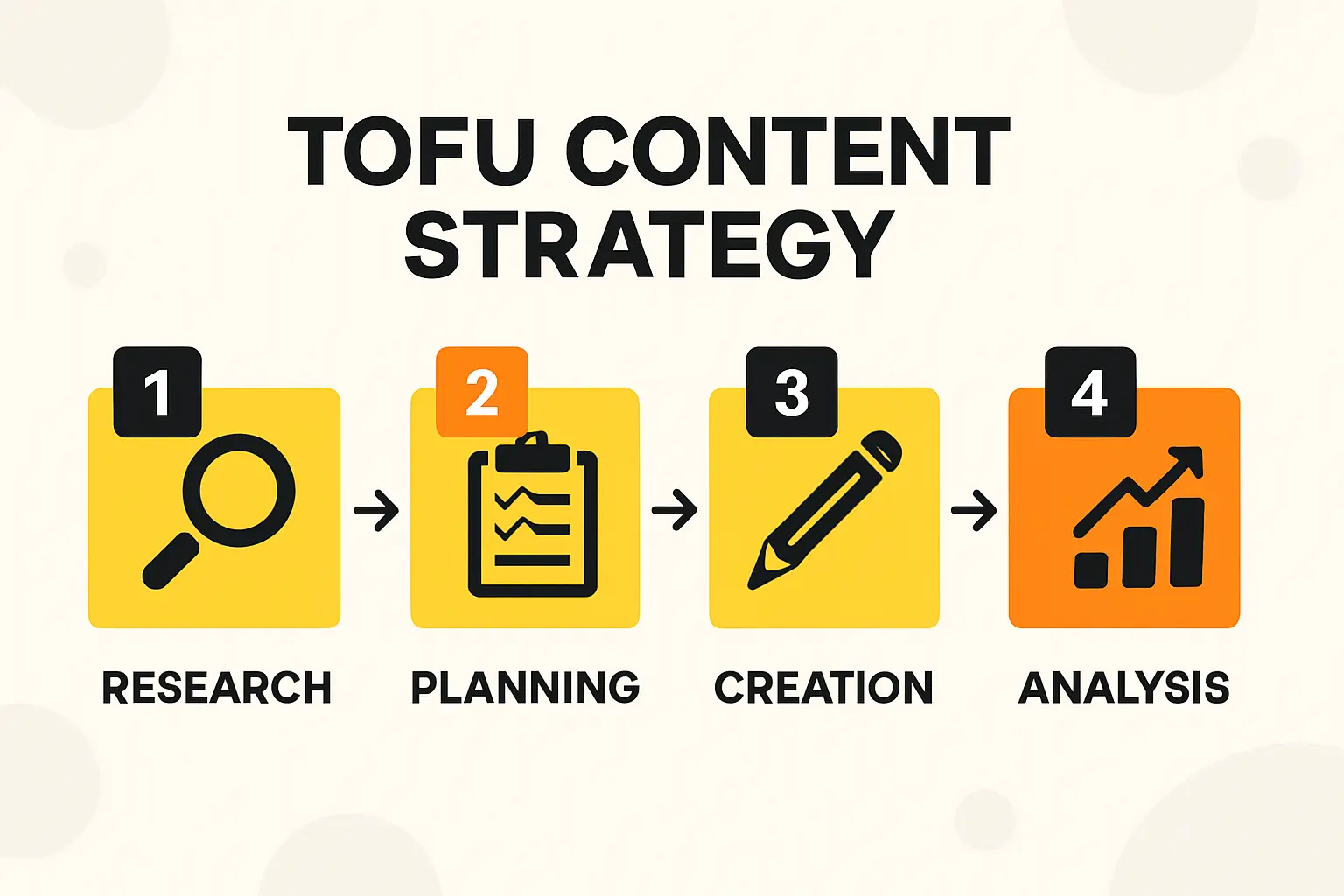
The Business Impact: Beyond the Spreadsheet
An accurate financial model does more than just predict profitability. It serves as a powerful tool for communication and strategy.
- Investor Confidence: It demonstrates to potential partners and financiers that thorough due diligence has been conducted.
- Bankability: Lenders are more likely to finance a project backed by realistic, well-researched financial projections that account for local tax laws.
- Strategic Decision-Making: It allows for accurate scenario analysis, helping decision-makers understand the impact of variables like production volume or material costs on the bottom line.
Ultimately, a tailored financial model is the foundation upon which a successful investment is built, particularly for a complex undertaking like establishing a turnkey solar production line.
Frequently Asked Questions (FAQ)
What is Legislative Decree No. 1002?
Legislative Decree No. 1002 is a Peruvian law designed to promote investment in renewable energy generation. It establishes key incentives for investors, including the right to accelerated depreciation for equipment and machinery used in such projects.
How does accelerated depreciation improve my project’s IRR?
By reducing your taxable income in the first few years, accelerated depreciation increases your after-tax cash flows during that period. Since the Internal Rate of Return (IRR) calculation gives more weight to earlier cash flows, this improvement significantly boosts the project’s overall IRR, making it more attractive to investors.
Is the IGV recovery process complicated for a foreign investor?
The process is well-defined but requires adherence to specific procedures set by the Peruvian tax authority, SUNAT. It is highly recommended to work with a local accounting and legal firm to ensure all documentation is filed correctly and to navigate the application process smoothly.
Where can I find the correct HS codes for my machinery?
The official Peruvian customs tariff schedule is the primary source. However, for investors, the most practical approach is to consult with a professional customs broker in Peru or contact PROINVERSIÓN. They can provide expert guidance on classifying machinery correctly to determine the applicable duty rates.
Does Peru offer other incentives for solar manufacturing?
Beyond the incentives discussed, Peru may offer benefits through Special Economic Zones (Zonas Económicas Especiales – ZEE) or other regional development programs. It is advisable to conduct a thorough investigation based on the specific planned location of the factory.
Next Steps in Your Planning Process
Developing a financial model is a foundational step. The key takeaway is that for a project in Peru, this model must be customized to incorporate the country’s unique fiscal landscape. By accurately accounting for accelerated depreciation, early IGV recovery, and specific import duties, you create a far more realistic and reliable tool for decision-making.
As you move forward, further exploration into topics such as developing a detailed business plan, selecting the right machinery, and understanding factory layout requirements will be essential. This solid financial foundation is critical for ensuring every subsequent step is grounded in a clear understanding of the project’s potential.


